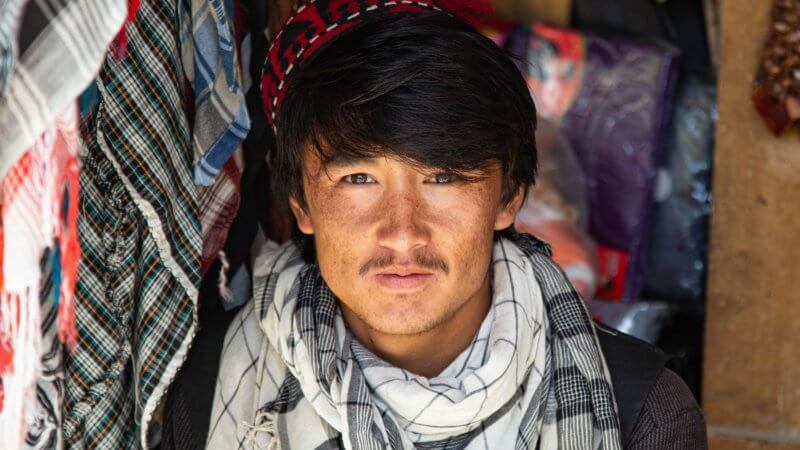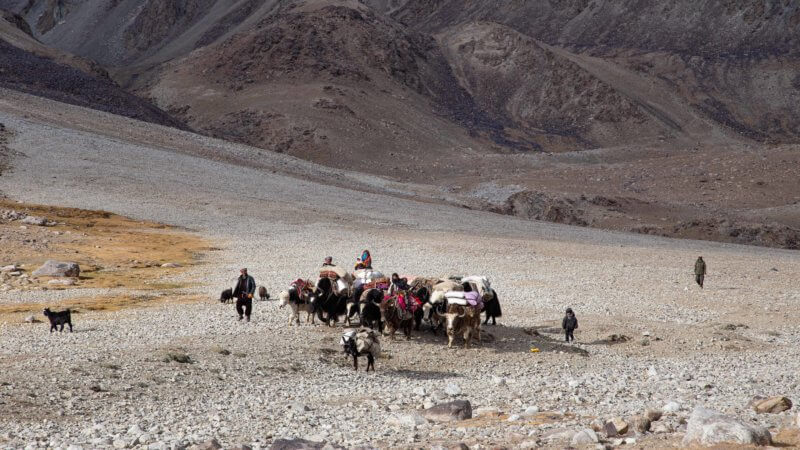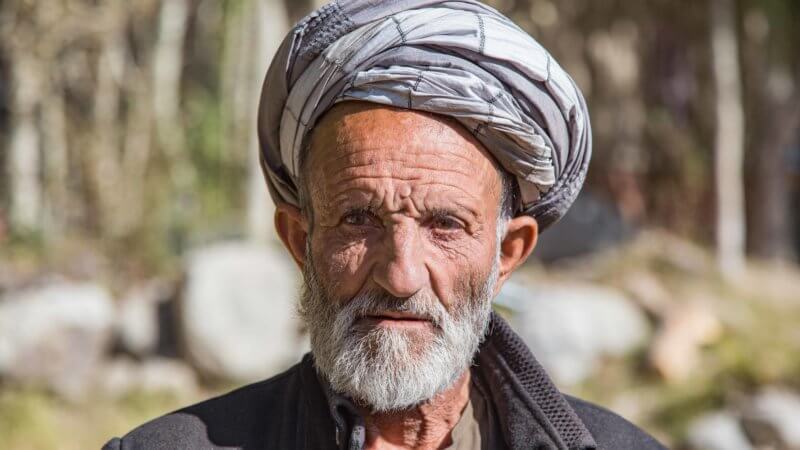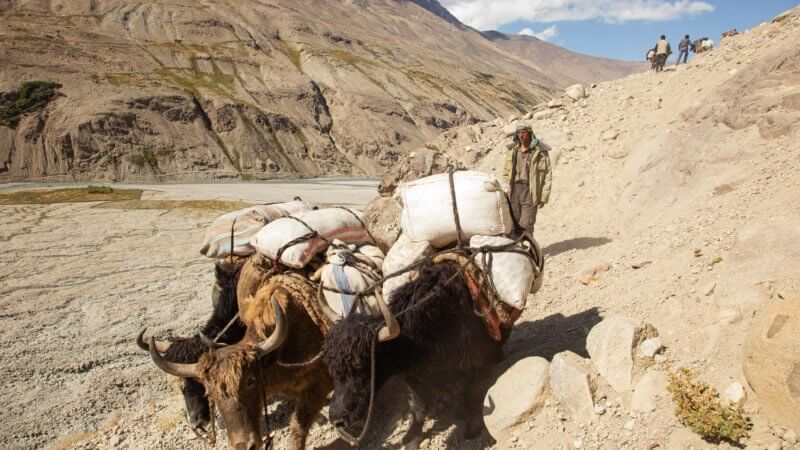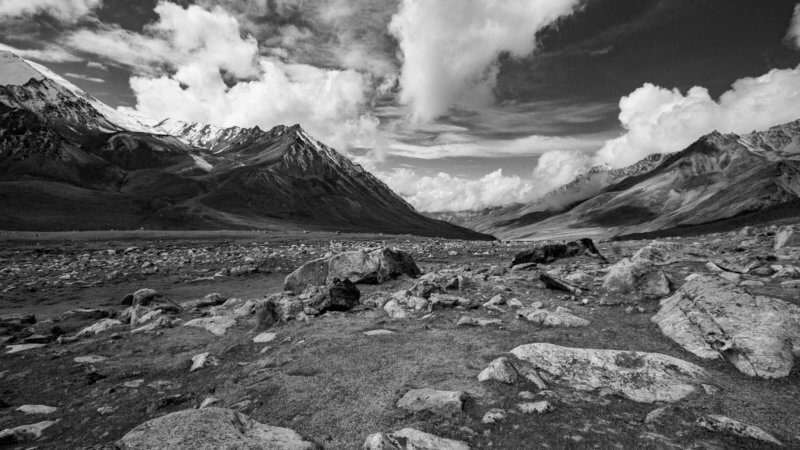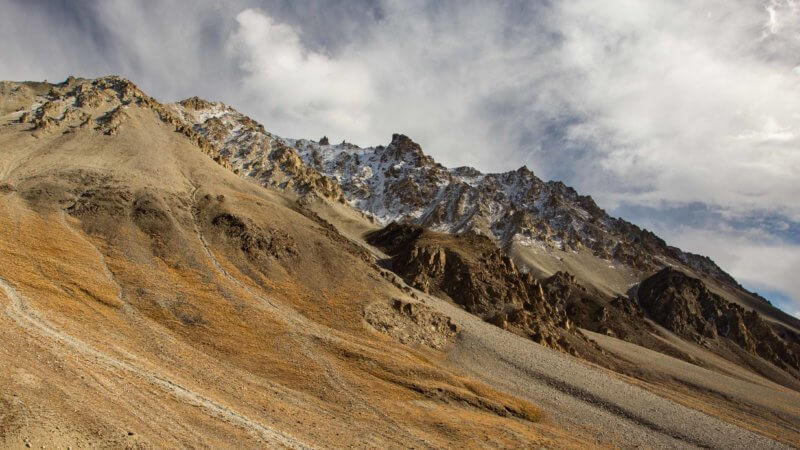Afghanistan’s Wakhan Corridor is in Badakhshan Province in the country’s northeast. It’s 350 km long and 13 to 65 km wide and shares its main borders with Pakistan and Tajikistan. The borders as they are today have existed since 1895, when the British and Russian Empires created them as a buffer zone. There’s also a 70 km+ border with China and the Wakhjir Pass (4,923 m), leading into Xinjiang Province, is the only navigable pass between the two countries—although it is not an official border crossing point. Check out this Outside Magazine article to see more Wakhan Corridor photos and read an intriguing story about what happens if you accidentally cross an international border in the corridor – in this case, with Tajikistan. For a somewhat retro glimpse in to the life of the Kyrgyz, who live in the far eastern half of the corridor, check out this 1975 Italian film.
Unlike some other regions of the country, the Wakhan district has no security issues. However, neighbouring Yamgan, Warduj, and Zebak districts have fallen under Taliban control from time to time. The Wakhan’s stable security situation is because of two reasons: first, the people of Ishkishim – the district’s capital – are Shia Ismaili Muslims and are majorly opposed to Taliban ideology. Second, the Tajik military patrols the border zone, and their government has given orders to cross the border into Ishkishim should the Taliban go there. Tajik soldiers have crossed into other areas of Badakhshan, so this threat from the Tajiks is real. More recently, there’s also a Chinese base near the Wakhjir Pass. The bottom line: it’s well worth a visit if you’re looking to experience rural Afghan life or to hike, ski, or climb one of its many 5,000 to 7,000m peaks! Check out my Wakhan Corridor photos below, which covers a week-long trip in the mountains north of Sargaz village.
My photography has been published in the following outlets:
























